-
×
Assorted Colour Vampire Crab Geosesarma Sp 2-3Cm 1 × £8.71
-
×
-
×
-
×
-
×
Red Devil Vampire Crab - Geosesarma Hagen - Decapod Crustacean 1 × £8.71
-
×
-
×
-
×
-
×
Golden Eyes Vampire Crab - Geosesarma Sp. - Decapod Crustacean 1 × £8.71
-
×
-
×
-
×
-
×
-
×
Subtotal: £409.33

 Assorted Colour Vampire Crab Geosesarma Sp 2-3Cm
Assorted Colour Vampire Crab Geosesarma Sp 2-3Cm 
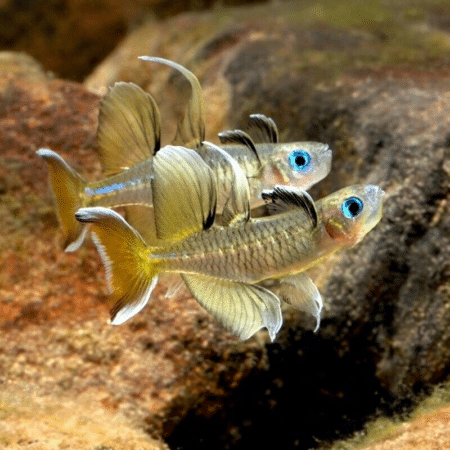

 Red Devil Vampire Crab - Geosesarma Hagen - Decapod Crustacean
Red Devil Vampire Crab - Geosesarma Hagen - Decapod Crustacean 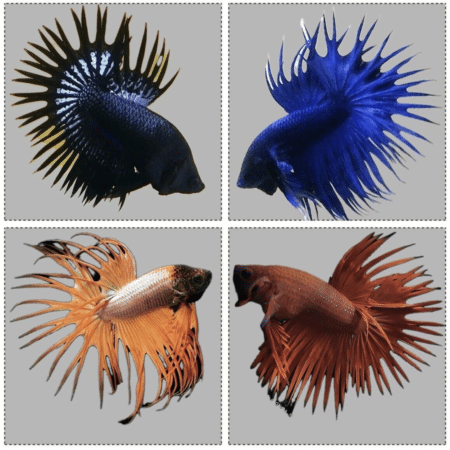
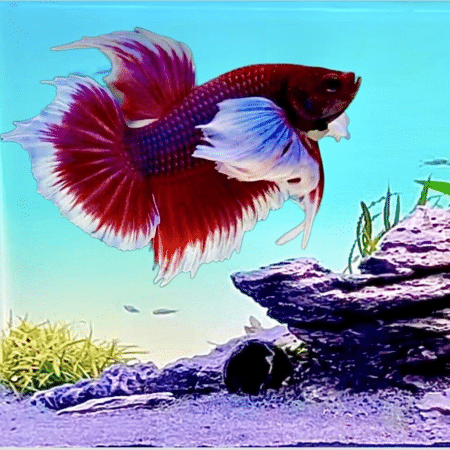
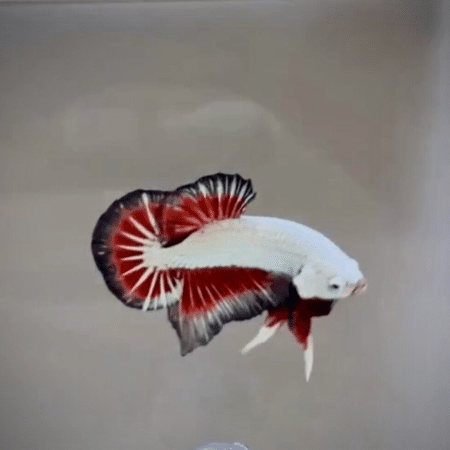
 Golden Eyes Vampire Crab - Geosesarma Sp. - Decapod Crustacean
Golden Eyes Vampire Crab - Geosesarma Sp. - Decapod Crustacean 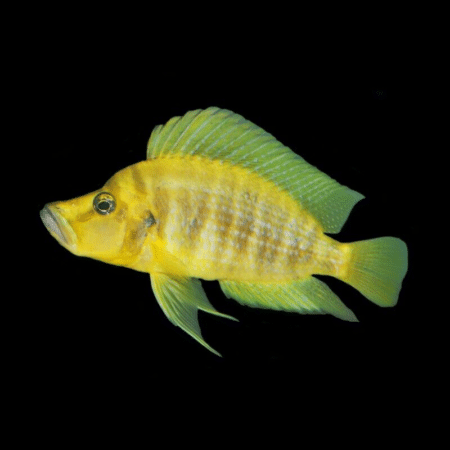
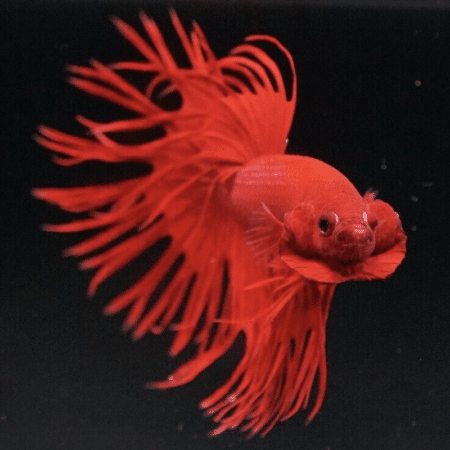
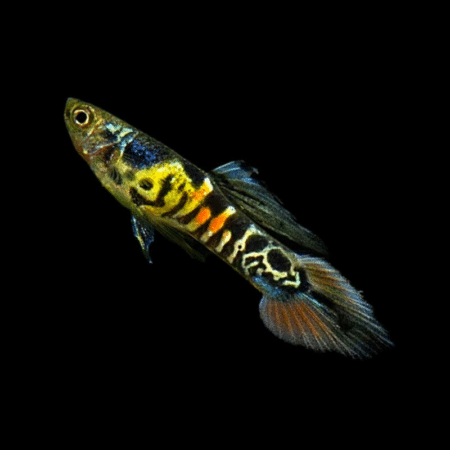

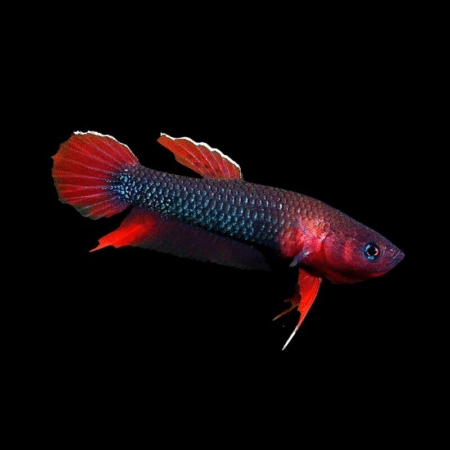
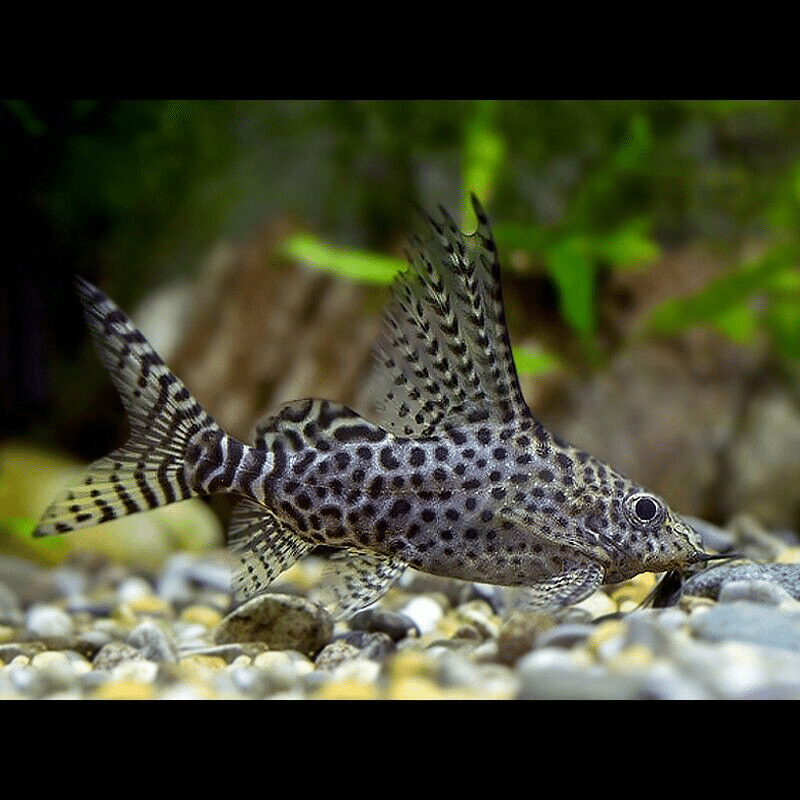











Emily Carter (verified owner) –
I’ve been an aquarium enthusiast for over five years, and adding the Featherfin Synodontis (Synodontis Euptera) to my tank has been one of the best decisions I’ve made. These beautiful African catfish are incredibly active and add a lively dynamic to my community tank. I purchased two about two months ago, and they quickly established themselves as social butterflies, gliding around and playfully interacting with my other fish.
What I love most is their omnivorous diet; it means I can feed them a mix of pellets, frozen food, and even some veggie matter, providing a balanced diet that keeps them happy and healthy. They thrive in my setup, which mimics their natural habitat with plenty of hiding spots and open swimming space.
I had initially considered other catfish species, but the Featherfin’s unique fins and playful nature won me over. Just a minor note: they can sometimes be a bit shy when first introduced, so patience is key.
Overall, I highly recommend these fish for anyone looking to enrich their aquarium experience. They are perfect for community tanks and bring such joy! Shipping was quick, and they arrived in excellent health. I can’t wait to see them grow more and display their full beauty!
Emily Carter (verified owner) –
I recently added the Featherfin Synodontis (Synodontis Euptera) to my aquarium, and I couldn’t be happier! After about 2 months, I’ve seen how gracefully these tropical fish swim, their unique fins fluttering beautifully. They really enhance the overall aesthetics of my tank, and their lively nature keeps my other fish, especially my African cichlids, active and engaged.
What I love most about these fish is their omnivorous diet—they thrive on a variety of fish food, and I’ve noticed they eagerly accept both pellets and frozen foods. However, they do enjoy foraging, so I recommend including some plant matter in their diet as well.
Compared to other catfish I’ve owned, the Featherfin Synodontis has a much more dynamic swimming behavior, which adds life to my tank. They do prefer to have space, so I made sure to provide plenty of hiding spots with rocks and driftwood, which they’ve claimed as their territory.
If you’re looking to add a unique and charming fish to your collection, I highly recommend the Featherfin Synodontis. They’re perfect for hobbyists who appreciate fish welfare and want a vibrant, active environment in their aquariums. Just remember to monitor water parameters and provide plenty of room for them to thrive!